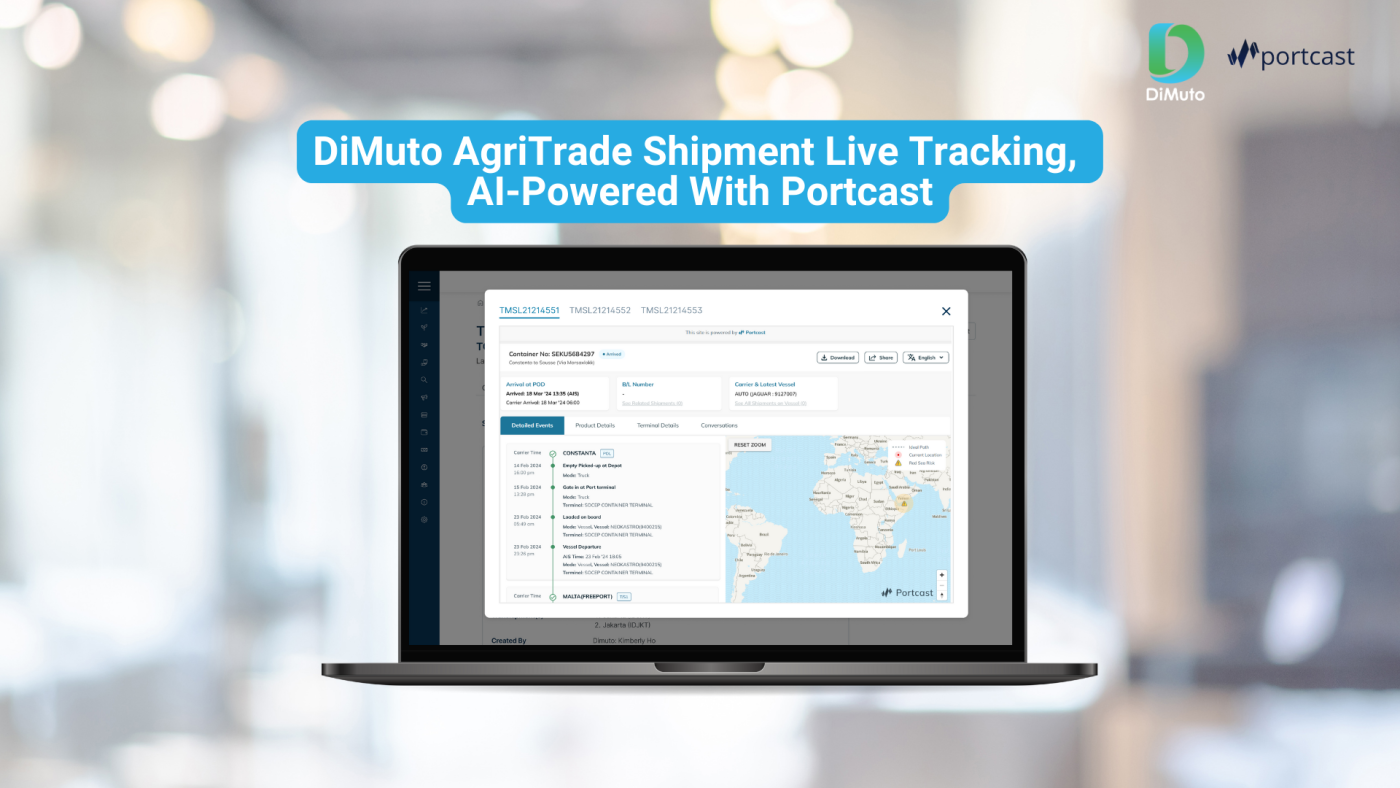The Challenge of AgriTech Adoption
In agriculture, innovation moves quickly, but adoption often lags. Despite the availability of groundbreaking technologies designed to tackle inefficiencies, reduce waste, and promote sustainability, many growers remain hesitant to embrace these tools. The issue isn’t necessarily the technology itself—it’s the lack of alignment with growers’ motivations and needs.
A recent survey of US farm owners and managers, as reported in a study by BCG and Ag Access sheds light on this gap. The findings reveal that functional and emotional needs play a significant role in purchasing decisions—factors often overlooked when segmenting growers by traditional metrics like farm size or crop type.
By addressing these underlying motivations, agribusinesses can create tailored value propositions that encourage growers to adopt new technologies, instead of defaulting to familiar solutions.
What Drives Growers?
The survey identifies growers differentiated by characteristics such as:
- Age: Younger growers tend to be more tech-savvy and open to innovation.
- Succession Plans: Growers with plans to pass on their farms often prioritize sustainability and long-term growth.
- Attitudes Toward Sustainability: Some growers are deeply committed to eco-friendly practices, while others are more focused on immediate returns.
These findings underscore the importance of going beyond surface-level segmentation. For example, a large-scale grower focused on sustainability might need a solution that tracks carbon footprints, while a smallholder farmer nearing retirement may value simplicity and cost-effectiveness.
Bridging the Gap Between Innovation and Adoption
For AgriTech companies and companies such as ours, the challenge lies in tailoring their offerings to meet these diverse needs. The key is to address both the functional and emotional drivers that influence decision-making:
- Functional Needs:
- Growers seek solutions that solve immediate problems, like optimizing yields or complying with export regulations.
- Technologies that integrate seamlessly into existing workflows are more likely to be adopted.
- Emotional Needs:
- Many growers take pride in producing high-quality products or contributing to environmental sustainability.
- Trust plays a crucial role—growers need to feel confident that the technology will deliver results without disrupting their operations.
How This Applies to AgriTech Providers
The insights from the study highlight a path forward for the AgriTech industry:
- Speak Their Language: Avoid technical jargon. Frame solutions in terms of tangible benefits, like waste reduction or profit optimization.
- Prove the ROI: Use real-world examples to demonstrate how new tools lead to measurable improvements.
- Build Ecosystems: Instead of standalone tools, offer integrated platforms that connect every part of the grower’s operation.
Case in Point: DiMuto’s Role in the Ecosystem
At DiMuto, we are building a connected agri-food ecosystem designed to address the real-world needs of growers, retailers, and all stakeholders in the supply chain. Our ecosystem brings together traceability, quality control, compliance, and data-driven insights into one seamless platform, enabling a collaborative environment that empowers global trade.
We understand that technology adoption isn’t just about tools; it’s about meeting both functional and emotional needs. For sustainability-minded growers, our ecosystem fosters transparency and accountability, equipping them with the ability to demonstrate their environmental impact and align with consumer expectations. For those prioritizing operational simplicity, our ecosystem offers seamless integration and intuitive workflows, creating efficiency without disrupting existing practices.
Take our recent cases with Chilean cherries and Mexican cucumbers as examples of how DiMuto drives measurable ROI and delivers real impact in global produce trade:
Chilean Cherries to China & Mexican Cucumbers to the US:
• Speaking the Grower’s Language: By integrating DiMuto’s platform, we simplified compliance with export requirements and provided real-time insights into shipment status. For Chilean cherry growers, this meant meeting buyer demands while focusing on quality. Similarly, Mexican cucumber growers benefit from digitizing their supply chain for exports to the US in light of upcoming food safety regulations. This ensures transparency and accountability every step of the way, creating a real-time feedback loop.

Chilean Cherries digitized and tracked by each carton, with arrival conditions for each order being shared with growers
• Proving the ROI: Our technology reduced claim rates, minimized delays, and optimized logistics for both cherries and cucumbers. Growers and exporters experienced reduced wastage, improved shipment visibility, and higher buyer confidence, directly boosting their bottom line.

Live shipment tracking tagged directly to each invoice on the DiMuto platform, providing efficient real-time shipment updates
• Transparency for Sustainability: Each carton—whether cherries or cucumbers—is tagged with a QR code, creating a digital record accessible to all stakeholders. This not only ensures quality but also aligns with sustainability goals by reducing inefficiencies and preventing losses.
Through DiMuto, Chilean cherry exporters and Mexican cucumber growers have achieved end-to-end traceability, real-time tracking, and access to AI-powered quality scores.
These examples showcase how DiMuto’s connected ecosystem empowers growers, exporters, and buyers with transparency, reliability, and sustainability


Photos of Mexican Cucumbers being digitalised with QR codes at the pre-shipment stage.
A Future Built on Understanding
As the study emphasizes, understanding the motivations of growers is essential for driving the adoption of new technologies. It’s not enough to innovate; AgriTech providers must connect their solutions to the priorities and challenges of the people who use them.
For companies like ours, this means listening to growers, adapting to their needs, and delivering solutions that address the complexities of modern agriculture. Only by aligning innovation with real-world motivations can we build a future where technology truly transforms the agri-food ecosystem.

 Español
Español 中文
中文
